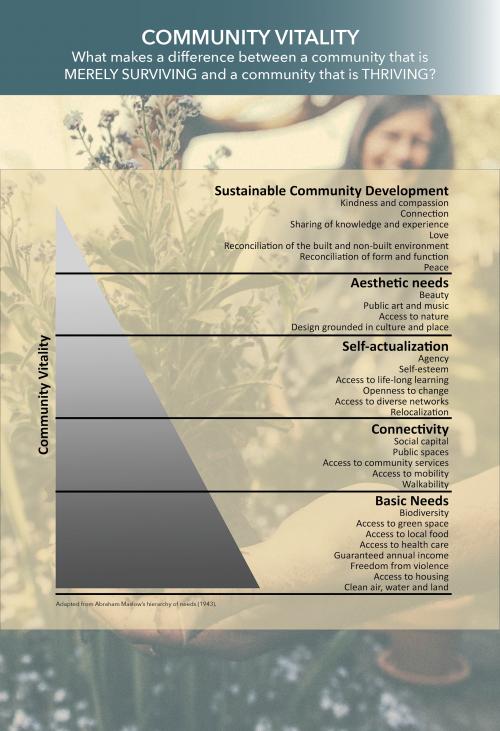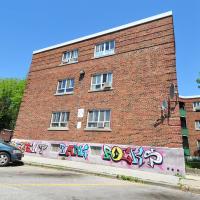Despite building 400,000 new homes over the past 20 years, Toronto and Vancouver continue to top international rankings of unaffordable cities. As housing becomes increasingly “hyper-commodified”, many people can no longer afford shelter. Former Toronto Chief City Planner, Jennifer Keesmaat, describes this as an emphasis on “selling” over “dwelling” in a recent Globe and Mail opinion piece. Canada’s housing system is broken and is in desperate need of an overhaul.

Kensington Market, Toronto. Image by Josephers via Wikimedia Commons
Housing supply was once assessed through population growth forecasts. The assumption was that new residents would build their lives around and contribute to their neighbourhoods. However, new housing has become a prime place for investors to park their capital. While this is complex (and is explored in detail in Keesmaat’s article), this issue along with government control of market levers has contributed to escalating housing costs and created barriers for the many people needed to make a community thrive—such as tradespeople and teachers.

Stable home ownership enjoyed by past generations is not as realistic for younger generations, given the fact that wages no longer match the high cost of living in Canada. While rental housing is the alternative solution, it is unstable in much of the country because it has never been considered a long-term housing choice. What is needed is “responsive public policy that delivers access to good, stable housing for all,” according to Keesmaat. She suggests we look to certain European models “which require all new development to have a three-way split of social housing, affordable and rent-controlled housing, and market or ownership housing.” Perhaps then people may have access to affordable housing and meet the foundation of Maslow’s hierarchy of needs.
* Chart adapted from Abraham Maslow's Hierarchy of Needs (1943).
- Log in to post comments



CRC Comments